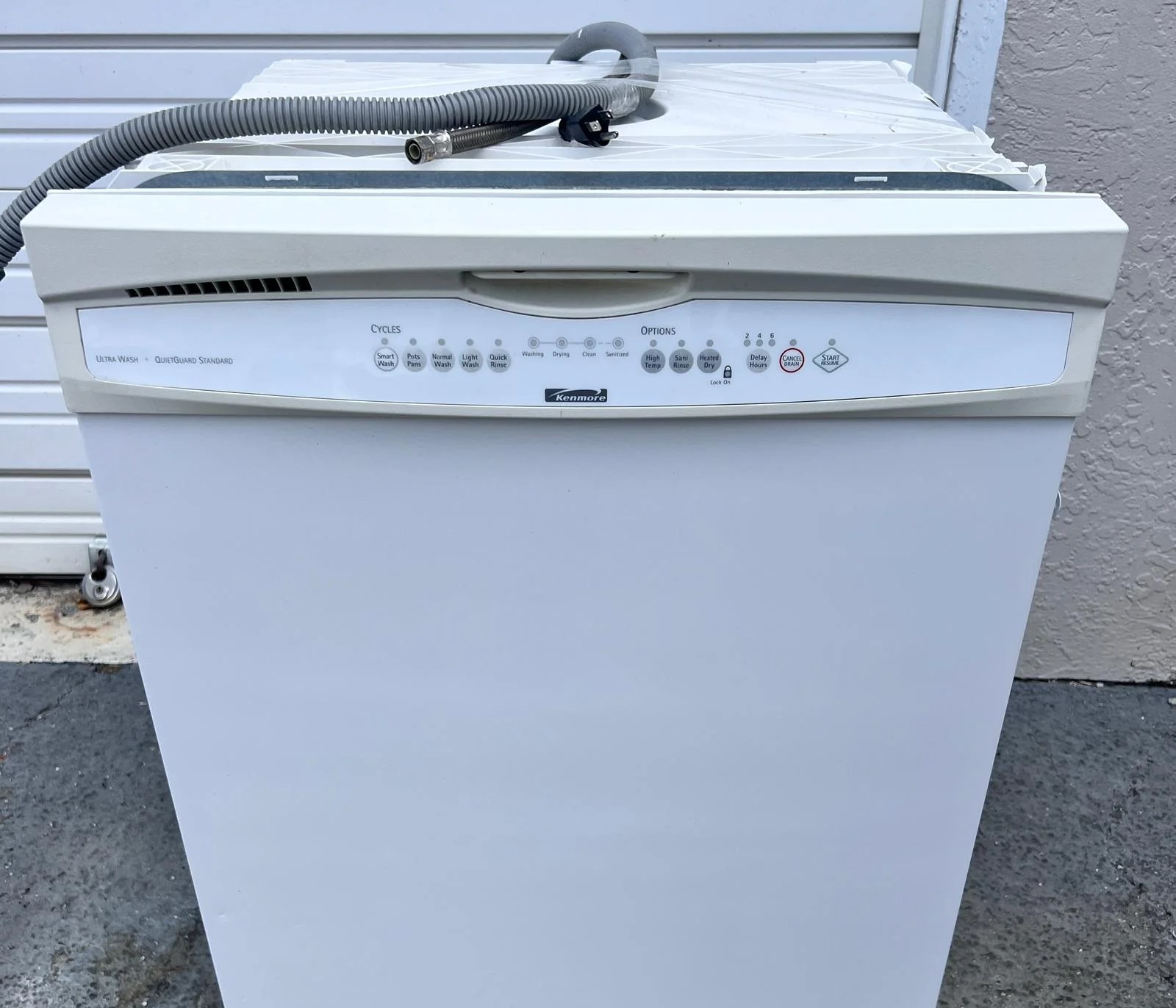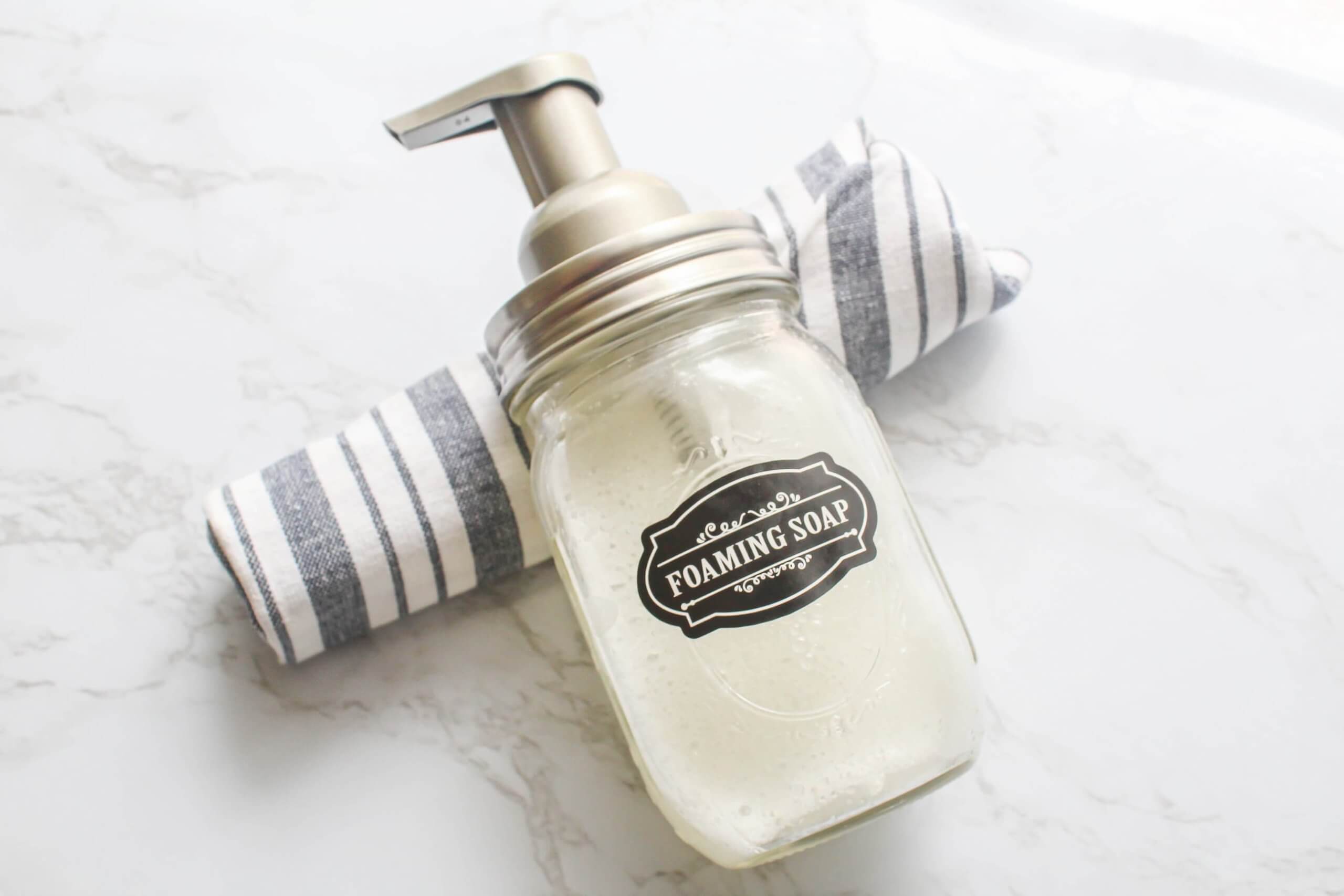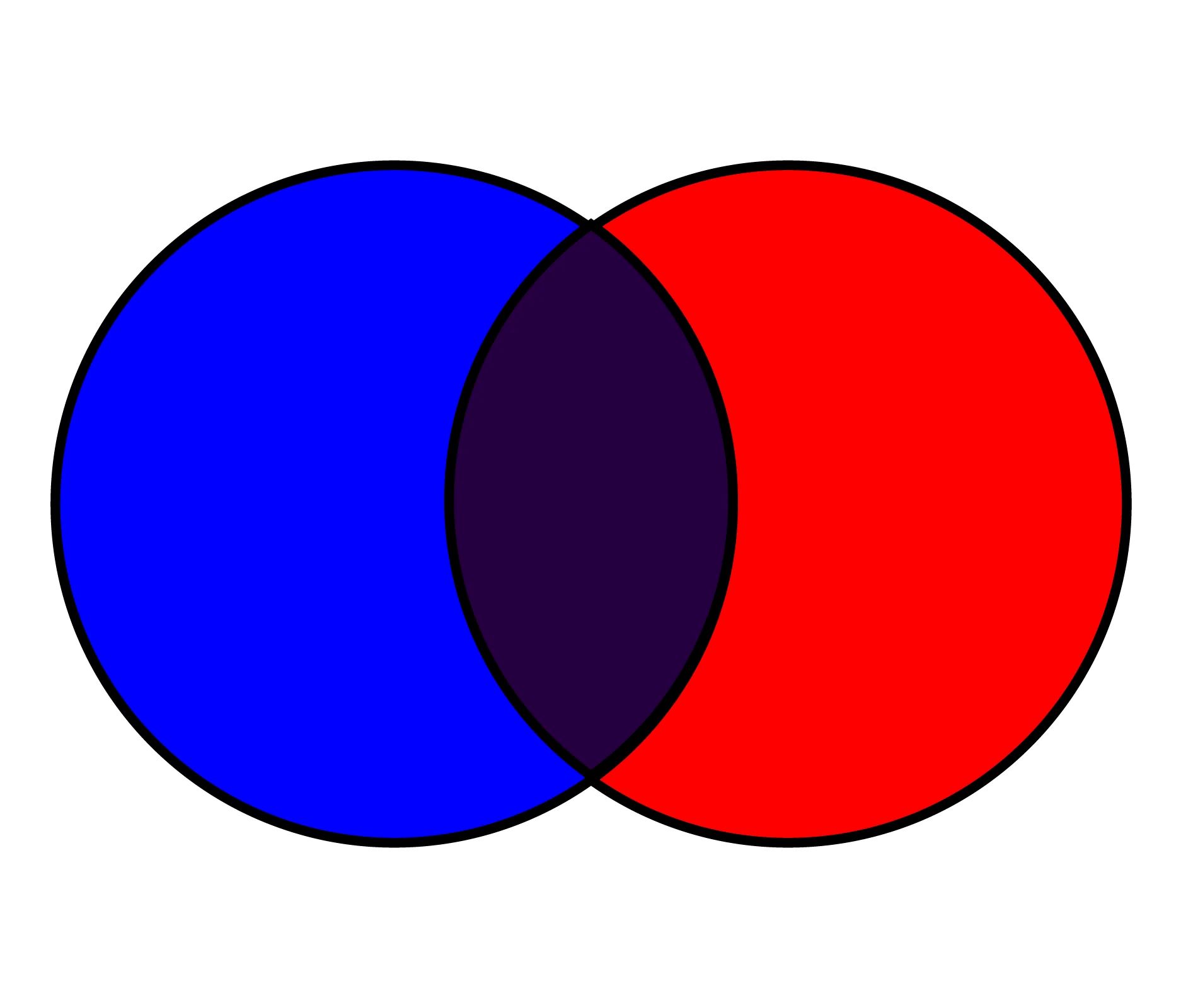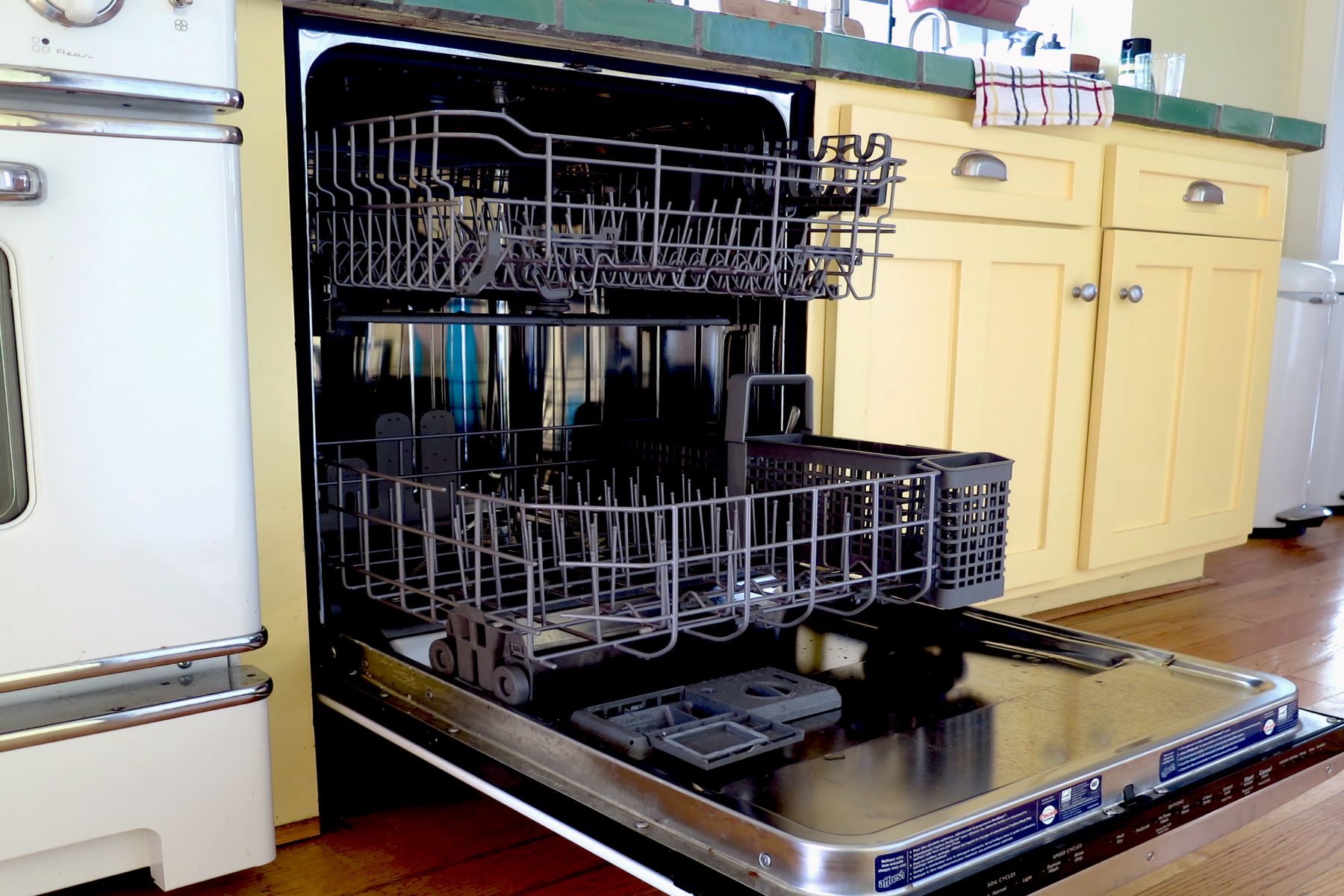Home>Health and Wellness>Surprising Truth: Blue Dawn Dishwashing Soap May Not Disinfect!
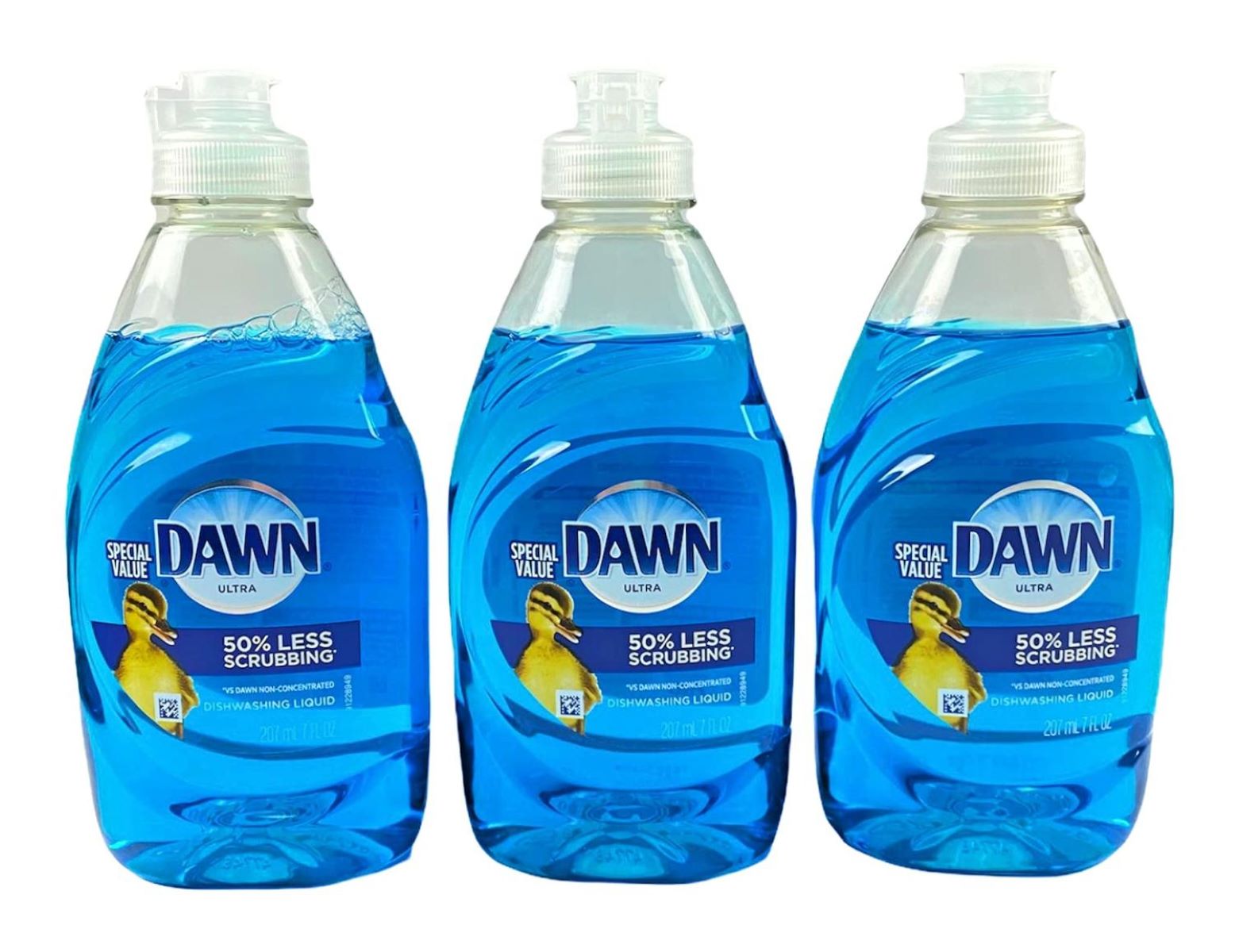

Health and Wellness
Surprising Truth: Blue Dawn Dishwashing Soap May Not Disinfect!
Published: January 10, 2024
Discover the surprising truth about Blue Dawn dishwashing soap and its disinfecting properties. Learn more about its impact on health and wellness.
(Many of the links in this article redirect to a specific reviewed product. Your purchase of these products through affiliate links helps to generate commission for Regretless.com, at no extra cost. Learn more)
Table of Contents
Introduction
Blue Dawn dishwashing soap has long been hailed as a versatile household product, known for its exceptional grease-cutting abilities and its effectiveness in cleaning dishes, among other surfaces. However, a surprising revelation has emerged regarding its disinfecting properties. While many have relied on Blue Dawn to not only clean but also disinfect various items, recent findings have cast doubt on its efficacy as a disinfectant.
In this article, we will delve into the truth behind Blue Dawn dishwashing soap's ability to disinfect and explore the ingredients that make up this popular product. We will also examine the potential risks associated with using Blue Dawn for disinfecting purposes and provide alternative solutions for effectively sanitizing surfaces. It's important to understand the facts surrounding this household staple to ensure that we are making informed decisions about its usage in our homes.
Understanding the Ingredients in Blue Dawn Dishwashing Soap
Blue Dawn dishwashing soap is renowned for its powerful cleaning properties, and its effectiveness is attributed to a combination of key ingredients. Understanding these ingredients is crucial in evaluating the product's overall disinfecting capabilities.
-
Surfactants: Blue Dawn contains surfactants, primarily sodium lauryl sulfate (SLS) and sodium laureth sulfate (SLES). These surfactants act as detergents, breaking down grease and grime on surfaces. While they are effective in removing dirt and oil, their disinfecting properties are limited.
-
Water: Water is a primary ingredient in Blue Dawn, serving as a solvent for other components. While it aids in the cleaning process, water alone does not possess disinfecting properties.
-
Sodium Chloride: Also known as table salt, sodium chloride is used in Blue Dawn as a thickening agent. It does not contribute to the disinfecting capabilities of the product.
-
Lauramine Oxide: This ingredient acts as a stabilizer and foam booster in Blue Dawn. It does not play a significant role in disinfection.
-
Phenoxyethanol: Phenoxyethanol is a preservative used in Blue Dawn to prolong its shelf life. While it helps maintain the product's stability, it is not a disinfectant.
-
Fragrance: Blue Dawn contains fragrance to provide a pleasant scent. However, fragrances do not contribute to the disinfecting properties of the product.
-
Preservatives: Blue Dawn includes preservatives such as methylisothiazolinone, which prevent bacterial and fungal growth within the product itself. These preservatives do not function as disinfectants on external surfaces.
While Blue Dawn dishwashing soap contains several ingredients that effectively clean surfaces, it is important to note that the product is not formulated or marketed as a disinfectant. Its primary function is to cut through grease and remove dirt. Therefore, relying solely on Blue Dawn for disinfecting purposes may not provide the level of sanitation needed to eliminate harmful pathogens.
Understanding the ingredients in Blue Dawn dishwashing soap sheds light on the product's intended use and its limitations in terms of disinfection. As we explore its effectiveness as a disinfectant in the following section, it is essential to consider these ingredients and their specific roles in the overall functionality of the product.
The Effectiveness of Blue Dawn Dishwashing Soap as a Disinfectant
Blue Dawn dishwashing soap has garnered a reputation for its exceptional cleaning abilities, leading many to believe that it possesses disinfecting properties as well. However, it is crucial to distinguish between cleaning and disinfecting. While Blue Dawn is highly effective in removing grease, grime, and food residue from surfaces, its ability to kill or neutralize harmful bacteria, viruses, and other pathogens is limited.
The surfactants in Blue Dawn, such as sodium lauryl sulfate and sodium laureth sulfate, work to break down and lift away oils and debris, but they are not formulated to eradicate microorganisms. While thorough cleaning can reduce the number of germs present on a surface, it may not be sufficient to achieve the level of disinfection required, especially in settings where sanitation is paramount, such as kitchens and bathrooms.
Furthermore, the absence of specific disinfecting agents in Blue Dawn, such as quaternary ammonium compounds or hydrogen peroxide, further underscores its limitations in terms of disinfection. These agents are commonly found in dedicated disinfectant products and are designed to target and eliminate a broad spectrum of pathogens, providing a higher level of sanitation.
It is important to recognize that while Blue Dawn dishwashing soap may contribute to the overall cleanliness of surfaces, relying solely on it for disinfecting purposes may not provide the level of protection needed to safeguard against harmful microorganisms. In scenarios where thorough disinfection is essential, such as in food preparation areas or spaces shared by multiple individuals, the use of a proven disinfectant is recommended to ensure the elimination of potentially harmful pathogens.
As we navigate the evolving landscape of hygiene and sanitation, it is crucial to make informed decisions regarding the products we use to maintain clean and safe environments. While Blue Dawn dishwashing soap excels in its primary function of cleaning, it is prudent to explore dedicated disinfectant options to address the specific need for pathogen elimination, ultimately contributing to a healthier and more hygienic living space.
Potential Risks of Using Blue Dawn Dishwashing Soap for Disinfecting
While Blue Dawn dishwashing soap is a trusted household staple for cleaning dishes and surfaces, using it as a disinfectant poses potential risks and limitations. Understanding these risks is essential for making informed decisions about its usage in maintaining a hygienic environment.
-
Incomplete Pathogen Elimination: One of the primary risks associated with using Blue Dawn for disinfecting purposes is the potential for incomplete pathogen elimination. As Blue Dawn is not formulated as a dedicated disinfectant, it may not effectively neutralize or eradicate a broad spectrum of harmful microorganisms, including bacteria and viruses. This incomplete elimination could pose health risks, especially in settings where stringent sanitation is crucial.
-
Limited Antimicrobial Action: Blue Dawn's composition, primarily focused on cleaning and degreasing, lacks specific antimicrobial agents required for comprehensive disinfection. While it may remove visible dirt and grime, its ability to combat and eliminate unseen pathogens is limited. This limitation may lead to a false sense of security regarding the cleanliness and safety of disinfected surfaces.
-
Potential Residue: Another risk of using Blue Dawn for disinfecting is the potential residue it may leave behind. As Blue Dawn is designed to be rinsed off after cleaning, using it as a disinfectant without thorough rinsing may result in residual soap on surfaces. This residue can attract dirt and impede the efficacy of subsequent disinfection attempts, ultimately compromising the overall cleanliness of the treated area.
-
Risk of Corrosion: Certain surfaces, such as delicate materials or certain metals, may be susceptible to corrosion or damage when exposed to the concentrated cleaning agents in Blue Dawn. While the product is formulated for dishwashing and general surface cleaning, its use as a disinfectant on sensitive materials may lead to unintended damage, further emphasizing the importance of using appropriate disinfectants tailored to specific surface requirements.
-
Misinterpretation of Effectiveness: Relying solely on Blue Dawn for disinfecting may lead to a misinterpretation of its effectiveness in eliminating harmful pathogens. This misconception could result in a false sense of security regarding the sanitary condition of treated surfaces, potentially compromising overall hygiene and safety standards.
Understanding these potential risks underscores the importance of using dedicated disinfectants specifically formulated to address the complexities of pathogen elimination. While Blue Dawn excels in its primary function of cleaning, it is essential to exercise caution and consider alternative disinfection methods to ensure comprehensive sanitation and protection against harmful microorganisms.
Alternatives to Blue Dawn Dishwashing Soap for Disinfecting
When seeking effective alternatives to Blue Dawn dishwashing soap for disinfecting, it is essential to explore dedicated disinfectant products that are specifically formulated to target and eliminate harmful pathogens. These alternatives offer a higher level of assurance in maintaining a hygienic environment, especially in settings where thorough sanitation is paramount.
1. EPA-Registered Disinfectants
The Environmental Protection Agency (EPA) registers disinfectants that have been proven effective against a wide range of pathogens. These products undergo rigorous testing to validate their efficacy in neutralizing bacteria, viruses, and other microorganisms. By choosing EPA-registered disinfectants, individuals can confidently address the need for comprehensive pathogen elimination in various environments, including homes, healthcare facilities, and public spaces.
2. Alcohol-Based Disinfectants
Alcohol-based disinfectants, such as those containing at least 70% isopropyl alcohol or ethanol, are highly effective in killing a broad spectrum of microorganisms. These products are commonly used to disinfect surfaces, medical equipment, and electronic devices. Their rapid evaporation and potent antimicrobial properties make them valuable alternatives to Blue Dawn for targeted disinfection needs.
3. Hydrogen Peroxide-Based Disinfectants
Hydrogen peroxide-based disinfectants are known for their broad-spectrum antimicrobial activity. They are particularly effective against bacteria, viruses, yeasts, and molds. These disinfectants can be utilized on various surfaces, providing a comprehensive approach to sanitation while minimizing the potential for microbial resistance.
4. Quaternary Ammonium Compounds (Quats)
Quaternary ammonium compounds, commonly referred to as quats, are widely used as disinfectants in healthcare and commercial settings. These compounds exhibit strong antimicrobial properties and are effective in controlling the spread of infectious agents. Quats offer a versatile and reliable alternative to Blue Dawn for targeted disinfection requirements in diverse environments.
5. Chlorine-Based Disinfectants
Chlorine-based disinfectants, such as bleach solutions, are powerful agents for disinfecting surfaces and eliminating pathogens. When used according to recommended guidelines, these products provide an effective means of achieving thorough sanitation. However, it is important to exercise caution when using chlorine-based disinfectants to avoid potential damage to certain materials and to ensure proper ventilation during application.
By considering these alternatives, individuals can make informed choices regarding the selection of disinfectants tailored to their specific sanitation needs. While Blue Dawn dishwashing soap excels in cleaning, utilizing dedicated disinfectants ensures a higher level of protection against harmful microorganisms, ultimately contributing to the creation of cleaner and safer environments.
Conclusion
In conclusion, while Blue Dawn dishwashing soap is a highly effective cleaning agent renowned for its grease-cutting abilities, it is essential to recognize its limitations as a disinfectant. The absence of specific antimicrobial ingredients and the product's primary focus on cleaning rather than disinfection underscore the importance of understanding its intended use within the realm of household hygiene.
As we navigate the evolving landscape of sanitation and cleanliness, it is crucial to approach disinfection with a comprehensive and informed perspective. While Blue Dawn may contribute to the overall cleanliness of surfaces, its efficacy in eliminating harmful pathogens is not guaranteed. Relying solely on this product for disinfecting purposes may pose potential risks, including incomplete pathogen elimination, limited antimicrobial action, and the potential for residue and surface damage.
To address the need for thorough disinfection, exploring dedicated disinfectant alternatives, such as EPA-registered products, alcohol-based disinfectants, hydrogen peroxide-based solutions, quaternary ammonium compounds, and chlorine-based disinfectants, offers a proactive approach to maintaining a hygienic environment. These alternatives provide a higher level of assurance in combating harmful microorganisms, thereby contributing to the creation of cleaner and safer living spaces.
It is important to emphasize the significance of making informed choices when selecting disinfectants, considering the specific sanitation requirements of different environments. By leveraging dedicated disinfectant products tailored to target and eliminate a broad spectrum of pathogens, individuals can uphold stringent hygiene standards and create environments that promote health and well-being.
Ultimately, while Blue Dawn dishwashing soap excels in its intended function of cleaning, exploring alternative disinfectants ensures a comprehensive approach to sanitation, safeguarding against potential health risks and contributing to the cultivation of cleaner, safer, and more hygienic living spaces.


